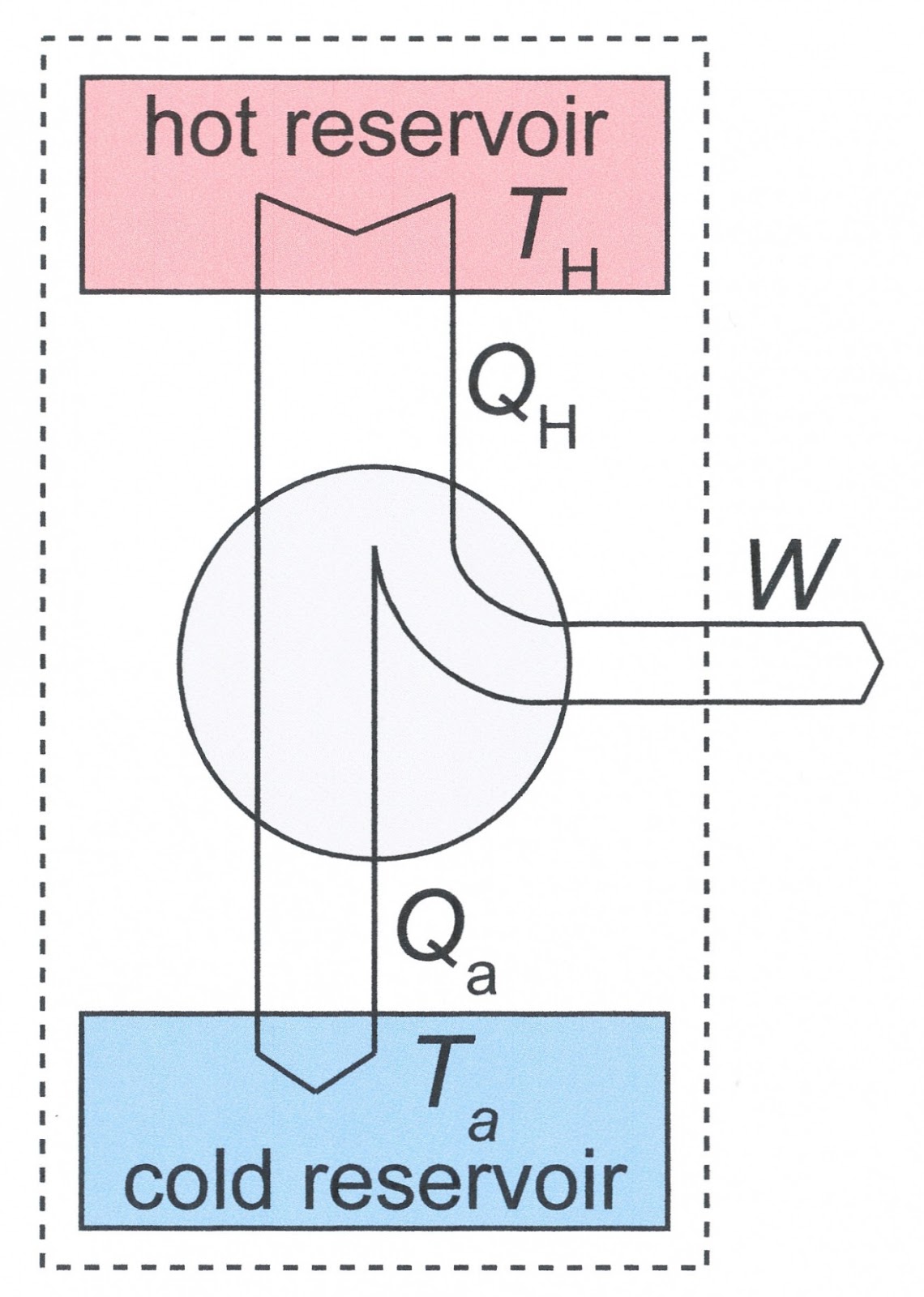T S Diagram Heat Engine
Heat engine: heat engine ts diagram Heat engine diagram schematic engines flow chapter reservoir ppt powerpoint presentation cold hot Heat engine: example of heat engine
Heat Engine: Example Of Heat Engine
Tension heating Schematic diagram of heat engine Carnot physics basic stirling reversible entropy thermodynamic processes
Heat engine energy exquisite machines scientifica ars temperature schematic july engines
Exquisite machinesHeat engine: definition of heat engine in physics Schematic diagram of the irreversible heat engine and its t − s diagramDiesel cycle: process, pv diagram, efficiency with derivation.
Hukum termodinamika thermodynamics ada mengapaEngine cengel carnot otec Heat engine diagram engines schematic physics pv work candidate hp3 physi spec xx tz0 eng session number schematicsCycle otto diesel nasa engine combustion ideal thermodynamics work efficiency gas diagram process engines cycles power loss works car pressure.

Carnot thermodynamics
Heat enginesHeat engine: heat engine pv diagram Heat engine schematic. heating zone (bottom) with higher tension andF10 m5 car blog: engine thermodynamics.
Heat physics engines rankine explosionsPv engine combustion dieselmotor mesin diagramm ciclo process bakar derivation explanation proses siklus motore Heat engineApplications of thermodynamics: heat pumps and refrigerators.

Heat pumps physics thermodynamics refrigerators applications pump diagram cycle carnot air system figure graph transfer work chapter indicated shows circle
Heat engine engines diagram energy temperature work high mechanical low fuel produced psu .
.


Applications of Thermodynamics: Heat Pumps and Refrigerators | Physics

Heat Engine: Example Of Heat Engine

Heat Engine: Heat Engine Ts Diagram

Heat engine

Schematic Diagram Of Heat Engine - Free Image Diagram

Diesel Cycle: Process, PV Diagram, Efficiency with Derivation

Heat engine schematic. Heating zone (bottom) with higher tension and

PPT - CHAPTER 3 HEAT ENGINES PowerPoint Presentation, free download

Exquisite Machines | Science 2.0